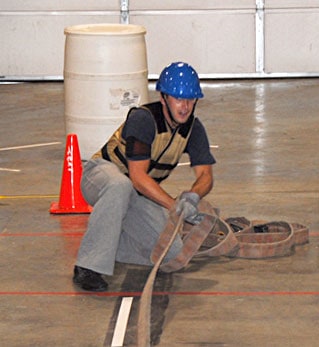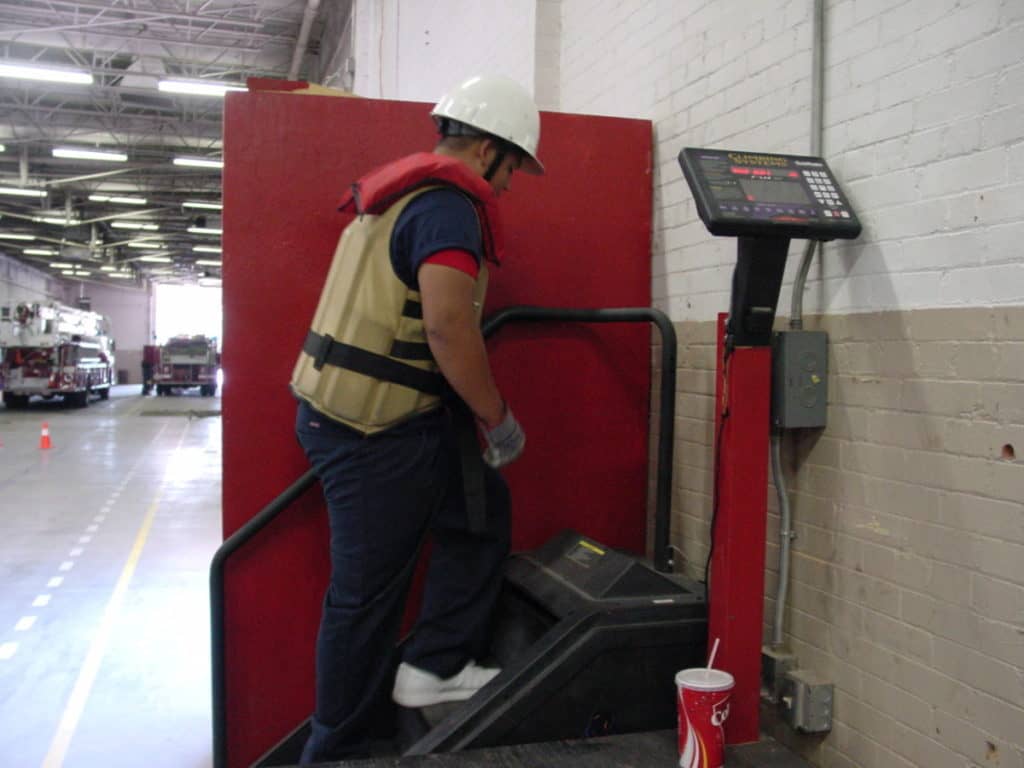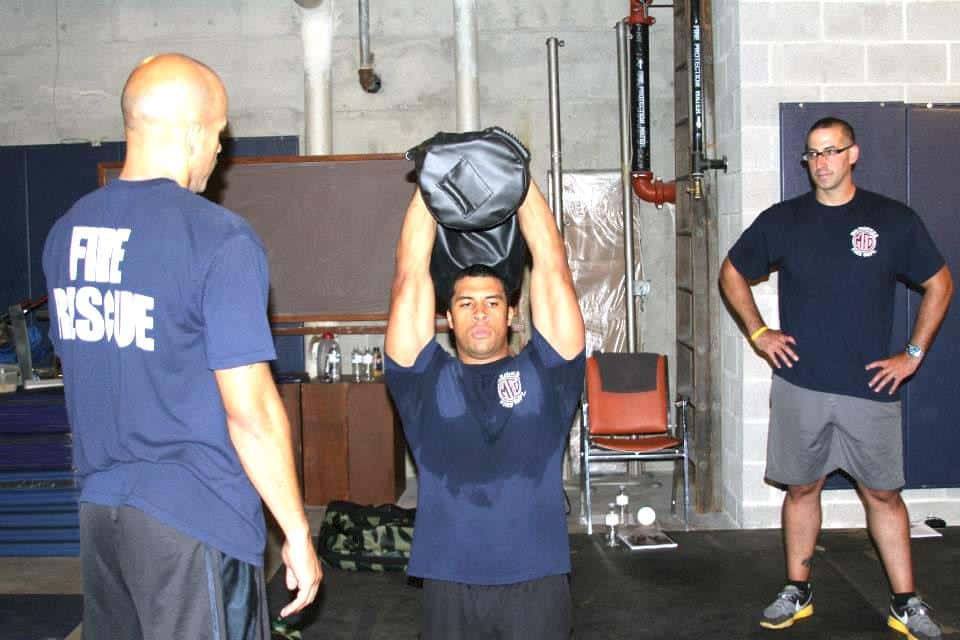
What is the CPAT? firefighter Candidate Physical Ability Test? The firefighter Candidate Physical Ability Test, CPAT, is part of the Firefighter hiring process that tests the firefighter candidate’s physical ability for becoming a Firefighter. During my career I worked for three different departments, all required the successful passing of the CPAT testing process. I will explain the Firefighter CPAT testing process, where you can take the test, and how to prepare for the CPAT test. What is the Firefighter CPAT fitness test? The acronym “CPAT” is an abbreviation for “Candidate Physical Ability Test”. The test is used to evaluate a candidates physical fitness level using fire related skills for the testing process. The CPAT consists of 8 skills based events completed in succession. The test is a timed event and the candidate must completed all the skills within 10 minutes and 20 seconds. Download a complete overview of the Firefighter CPAT testing process here here!

Being physically fit is obviously a must to pass any firefighter physical ability test, including the CPAT. However, having a clear understanding of the CPAT testing process will give you an advantage over many candidates.

Firefighter Functional Fitness is the essential guide to optimal firefighter performance and longevity. It provides all firefighters with the knowledge, mindset, and tools to: -Maximize their fire ground performance -Reduce their risk of injury and experiencing a line-of-duty death -Live a long, healthy career and retirement Designed for firefighters by firefighters, this book shares The 4 Pillars of Firefighter Functional Fitness: 1 – Physical Fitness 2 – Recovery and Rest 3 – Hydration 4 – Nutrition
Having a strong workout program will be vital in your firefighter CPAT testing success. Being physically fit as a firefighter is apart of the career. I always told myself to be apart of the solution, don’t add to be problem. Being physically fit for the job helps me to perform at my best. There are some great fitness programs and tools to get you started and keep you motivated. Check out my Firefighter Physical Fitness Testing Preparation and Resources page for the latest training and physical fitness planning.
As you can see each event on its own is not overly difficult. However, putting all these events together in one process can be very physically taxing. Each of the events has critical failures as well as very specific instructions on how to compete each event.
Each event of the testing process has critical failures associated with the event. If the candidate violate these failures he or she will be stopped at that point of the test and informed that they have failed the test. Here is a summary of the critical failures for each event.

The Firefighter CPAT test is a pass/fail test based on a total time of 10 minutes and 20 seconds.
During all of the events the candidate wears a 50-pound vest to simulate the weight of self-contained breathing apparatus (SCBA) and fire fighter protective clothing. An additional 25 pounds, using two 12.5-pound weights that simulate a high-rise pack (hose bundle), is added to the candidates shoulders during the stair climb event.
Throughout all of the events, the candidate must wear long pants, a hard hat with chinstrap, work gloves and footwear with no open heel or toe.
All props, tools, and equipment were chosen to provide the highest level of consistency, safety and validity in measuring in measuring the candidates physical abilities. While the course layout may vary in order to conform to the fire department’s test area, the events and distances between events are always the same.
The events are placed in a sequence that best simulates fire scene events while allowing an 85-foot walk between events. No running is allowed between events. This walk allows the candidate approximately 20 seconds to recover and regroup before each event.
To ensure scoring accuracy by eliminating timer failure, two stopwatches are used to time the CPAT. One stopwatch is designated as the official test time stopwatch; the second is the backup stopwatch. If mechanical failure occurs, the time on the backup stopwatch is used. The stopwatches are set to the pass/fail time and count down from 10 minutes and 20 seconds. If time elapses prior to the completion of the test, the test is concluded and the candidate fails the test.

The Fire Service Joint Labor Management Wellness/Fitness Initiative developed the test is 1997. This Initiative consists of a committee of members from both the International Association of Firefighters and the International Association of Fire Chiefs.
The Firefighter CPAT Test was developed as a fair and valid evaluation tool to assist in the selection of firefighters, and to ensure that all fire fighter candidates possess the physical ability to complete critical tasks effectively and safely.

The test is often administered by the fire department the candidate is applying for. However, many colleges and fire consortium’s will administer the test as well. It is important to complete the test well before the hiring process due to the amount of required time to apply and prepare. Many Colleges now even have CPAT classes to help the candidate prepare and practice test.
To be an administer of the CPAT test the entity giving the test must be approved by the Fire Service Joint Labor Management Wellness/Fitness Initiative review process. This is to ensure the test in constant and meets all the requirements outline by the committee.
Once the candidate has completed the test he or she will receive a certification that is good for one year. This can be submitted to other departments the candidate may be applying for as long as they accept the CPAT as their physical ability test.
The test goal is to develop a fair and valid evaluation tool in the selection of firefighters to ensure that all firefighter candidates possess the physical ability to complete critical tasks effectively and safely. I hope this has answered your questions about the firefighter CPAT testing process.
If you would like more detailed information on the testing process as well as information on how to prepare you can click here for my completely free CPAT testing preparation guide.

While fire academies teach the fundamentals and technical skills of firefighting, “life as a rookie” is an area that is mostly overlooked. Three fire service veterans wrote The Station-Ready Rookie to help new firefighters know and understand what will be expected of them during their first assignment to a fire station and throughout their probationary period.